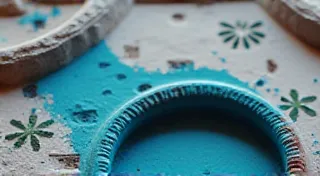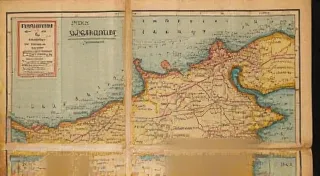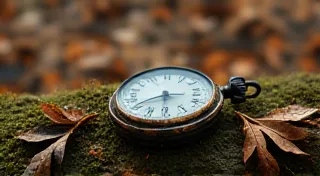Echoes of Play: The Phantom Children of Vintage Board Games
There’s a strange melancholy that settles over you when you hold a truly old board game. It’s not just the fragility of the cardboard, the faded colors, or the brittle rulebook. It’s a feeling deeper than that – a resonance of laughter and frustration, of rainy afternoons and boisterous family gatherings. It’s the echo of children, long grown, who once commanded armies on those squares, solved mysteries within those boxes, and built empires from those tiny wooden pieces. These aren't just games; they are time capsules, holding within them the phantom children of generations past.
I remember discovering my grandfather’s collection of vintage games tucked away in the attic. Amongst dusty furniture and forgotten toys, sat a pristine copy of “Chutes and Ladders” from 1964, and a surprisingly well-preserved “The Game of Life” from 1959. They weren't just objects to me; they were portals. Suddenly, I wasn't just a young boy poking around an old attic. I was seeing my grandfather as a young man, laughing with his own children, guiding them through the trials and tribulations of the game’s mock-reality. The scent of aged cardboard mingled with the faintest whiff of my grandfather’s pipe tobacco, a ghostly reminder of countless evenings shared around a table.
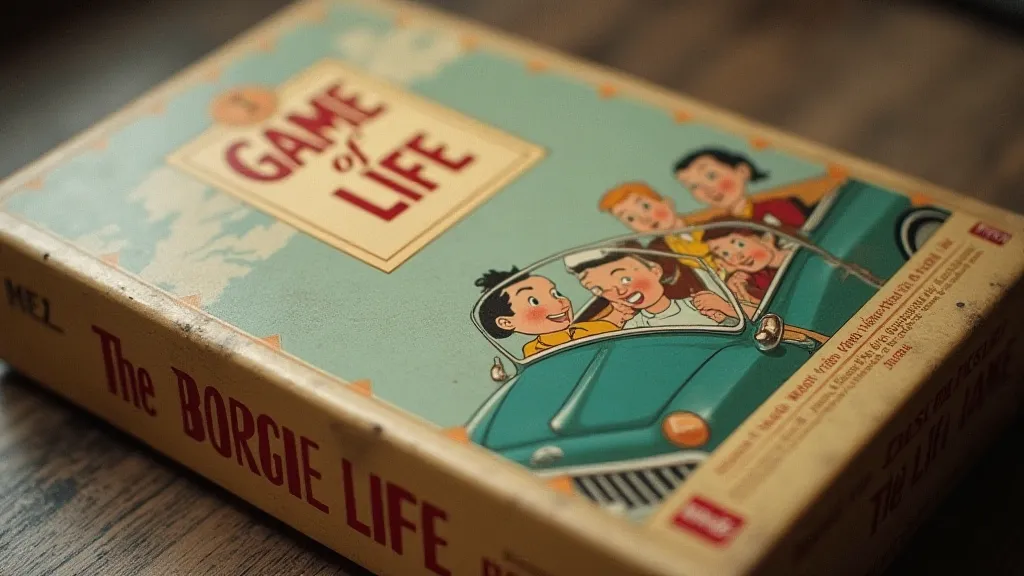
A History Etched in Cardboard
The history of board games is inextricably linked with the history of human civilization. From ancient Egyptian Senet to the Roman Ludus Latrunculorum, games have always provided entertainment, strategic training, and social bonding. The modern board game as we know it began to take shape in the 19th century, with games like “The Mansion of Happiness” (1843) setting the stage for commercial board game production. But it was the 20th century that witnessed an explosion of creativity and innovation, fueled by advancements in printing technology and a growing consumer culture.
The Golden Age of board games, roughly from the 1930s to the 1960s, produced some of the most iconic and collectible titles. Parker Brothers, Milton Bradley, and later, companies like Avalon Hill, dominated the market, each contributing to the evolution of gameplay and design. These weren't just about providing amusement; they reflected the anxieties and aspirations of the era. “The Game of Life,” for instance, emerged during a period of post-war optimism and economic expansion, reflecting the American Dream of upward mobility and family prosperity. Similarly, war games like “Triumph of the Will” reflected a world grappling with the aftermath of conflict.
The Craftsmanship of a Bygone Era
What strikes you most when examining a vintage board game isn’t always the gameplay, but the sheer quality of the construction. Forget the mass-produced cardboard and plastic of today; these games were built to last. The cardboard was thick, often mounted on linen or heavy board. The wooden pieces were crafted with care, often hand-painted and uniquely shaped. Even the boxes themselves were works of art, featuring intricate illustrations and elegant typography. Examining a 1930s Monopoly board, you can almost feel the dedication of the artisans who brought it to life. The thick, embossed cardboard, the hand-painted tokens, and the carefully designed money all speak to a level of craftsmanship rarely seen in modern consumer goods.
Consider the early editions of "Clue" (Cluedo in the UK). The tiny lead suspects, the heavy, beautifully illustrated cards - these are not fleeting trends. These are artifacts of a time when a product’s longevity and aesthetic appeal were valued above sheer profit margins. There’s a tactile pleasure in handling these pieces, a connection to a tangible past that’s often missing in our digital world.
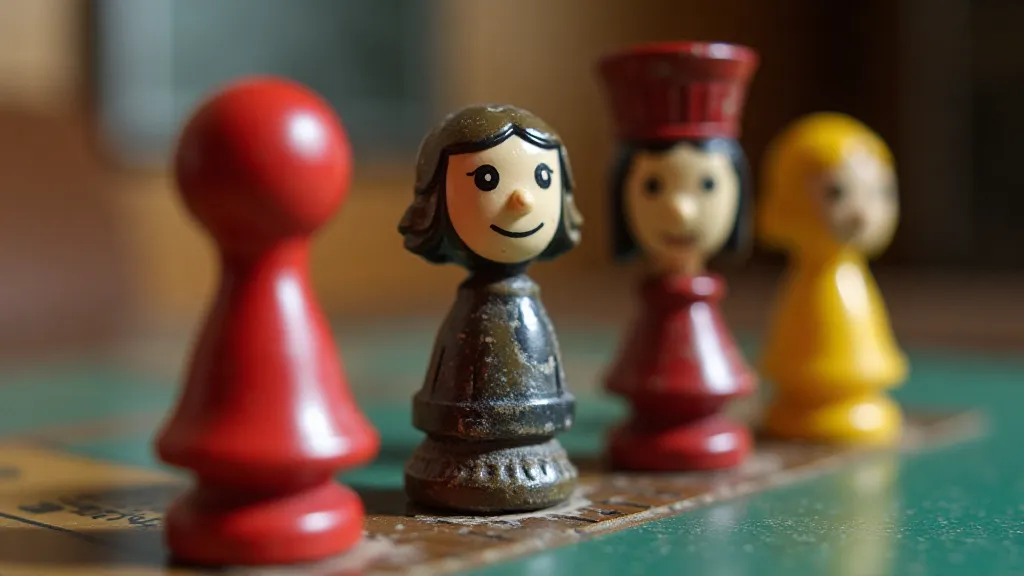
The Sweet Sorrow of Impermanence
Of course, time takes its toll. Faded colors, torn boxes, missing pieces – these are the inevitable marks of age and use. And it’s in these imperfections that the true poignancy of vintage board games lies. They are visual reminders of the passage of time, of childhoods that have ended, and of families that have grown and changed. A missing pawn, a water stain on the board – these are not flaws; they are stories. They are whispers of laughter and tears, of triumphs and disappointments.
I remember a particularly worn copy of “Sorry!” I found at an antique store. The board was heavily creased, and several of the plastic pawns were cracked. It looked like it had seen a lot of action. Who were the children who once battled across that board? What games were won, what friendships were forged? The game itself became a vessel for imagining their stories, adding to the melancholic beauty of the object.
Collecting – More Than Just Ownership
Collecting vintage board games isn't just about acquiring rare and valuable objects; it's about preserving history and connecting with the past. It’s about appreciating the craftsmanship, understanding the cultural context, and honoring the memories that these games evoke. Restoration, when approached carefully and respectfully, can be a rewarding endeavor. Cleaning faded boards, replacing missing pieces (using reproductions if necessary), and repairing damaged boxes can help to preserve these treasures for future generations. However, it's important to avoid overly aggressive restoration that would erase the game's unique history and character. A little wear and tear are often part of what makes a vintage game so special.
More importantly, collecting these games can be a way to re-engage with the simple joys of childhood. To gather around a table with family and friends, put away the screens, and rediscover the magic of shared play. To hear the echoes of the phantom children of vintage board games, and to create new memories of our own.
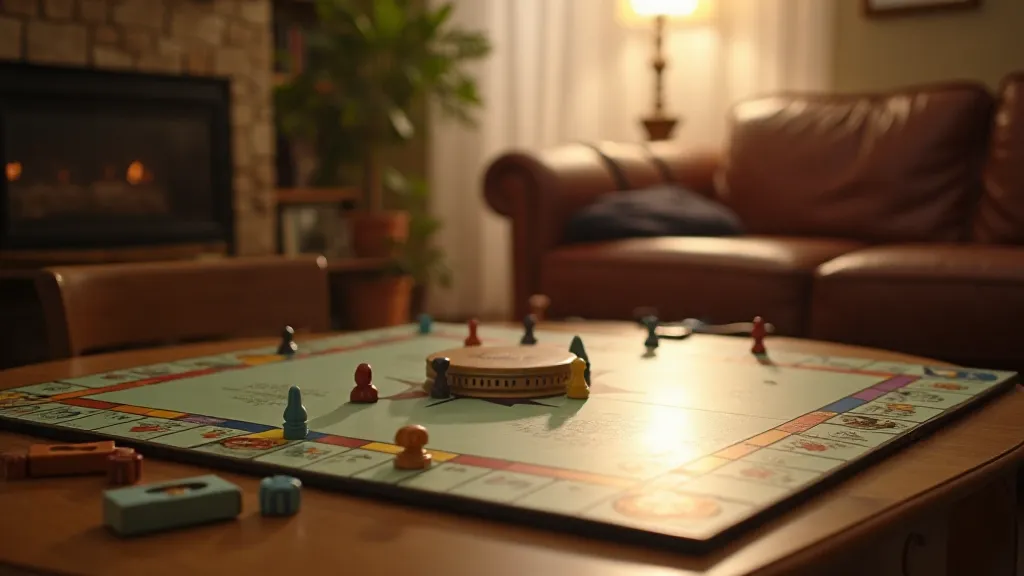
These aren’t just games. They are time capsules. They are whispers of a past that still resonates within us. They are the echoes of play, the phantom children of vintage board games, waiting to be rediscovered.

